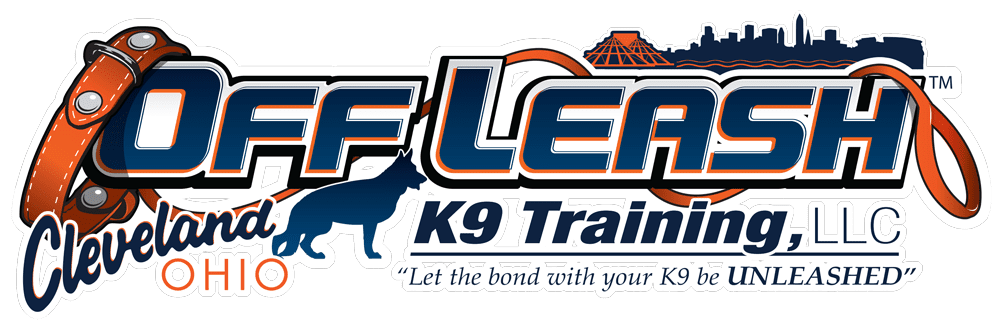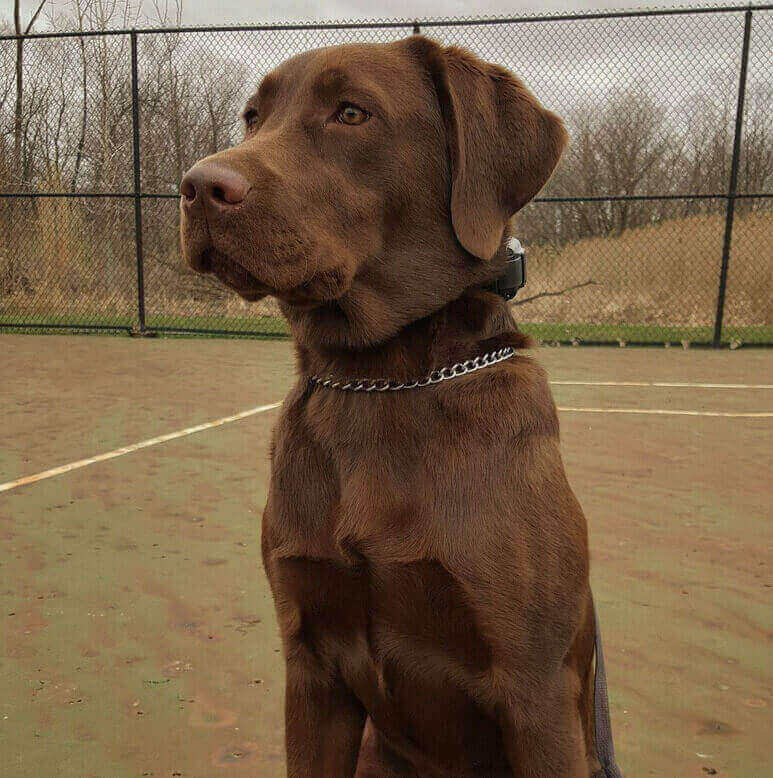Pro Teaching Tips for Pet Parents: How Do I Train My Dog to Come When Called Effectively?
Is there anything more frustrating than calling your furry friend and them completely ignoring you? Whether you’re at the park, on a hike, or simply in your backyard, a reliable recall is essential for a happy and safe dog-owner relationship. Teaching your dog to come when called, or “recall” as it’s often called, might seem like a daunting task, but it’s a skill that can be mastered with patience and consistency.
If you’re also asking yourself this question, “how do i train my dog to come when called?”, then you are in the right place. In this blog post, we’ll dive into pro tips and proven techniques that will transform your pet’s recall skills.
Whether you’re dealing with a stubborn puppy or just looking to fine-tune your training routine, our expert advice will help you achieve consistent results. From fun and engaging exercises to simple commands that make training enjoyable, we’ve got you covered.
By following these straightforward methods, you’ll not only improve your furry companion’s response to recall but also build a stronger bond with your pet. Stick with us, and discover how to make your pet’s recall reliable, ensuring your calls are always met with eager paws and wagging tails.
Why is Teaching Your Dog to Come When Called Important?
So, why is it so important to teach your furry friend to come when you call?
Well, having a pet that listens to the “come” command is like having a superhero sidekick. It’s not just about keeping your furry pet safe, but it also makes life a whole lot easier and more fun for both of you.
Imagine being able to enjoy a carefree walk in the park without worrying about your pet chasing squirrels or other dogs. Or picture yourself having a backyard barbecue without stressing about your pup dashing off to explore the neighborhood. A reliable recall means you can relax and enjoy your time together without constantly keeping a tight leash on your furry companion.
Let’s dive into the details of how to make this happen!
Ensuring Safety with a Strong Recall Training
A strong recall is like having an invisible leash that keeps your dog safe in various situations. Let’s explore how a reliable “come” command can protect your furry friend:
- Preventing accidents – If your pet is about to dart into traffic or chase a bike, a quick “come” can save them from harm.
- Avoiding dangerous encounters – A strong recall can keep your pet away from aggressive animals or poisonous substances.
- Escaping risky situations – Whether it’s a sudden storm or a dangerous environment, a reliable recall is your pet’s ticket to safety.
- Peace of mind – Knowing your furry friend will come when called gives you the freedom to enjoy outdoor activities without constant worry.
A well-trained recall isn’t just about convenience; it’s a vital safety measure for your beloved pet.
The Bonding Benefits of Reliable Recall
Teaching your dog to come when called isn’t just about safety; it’s a fantastic way to strengthen your bond with your furry friend. Imagine the look of pride and trust in their eyes when they eagerly come running to you!
Here are some of the amazing bonding benefits of having a pet with a reliable recall:
- Increased trust – When your dog knows they can count on you for safety and fun, their trust in you grows stronger.
- Improved communication – Successful recall means you’re developing a clear communication channel with your dog.
- Enhanced playtime – A dog that comes when called can enjoy more freedom and playtime without constant restrictions.
- Deeper connection – Spending quality time together and mastering new skills like recall can bring you and your dog closer.
Every time your dog comes to you when called, you’re building a stronger partnership based on love and respect.
How to Train Your Dog to Come When Called?
Getting started with teaching your dog to come when called is an exciting step toward a better relationship and safer outings. It is easier than you think! The first step is to create a positive and exciting environment for dog training.
Before you start, here are your must-have training essentials:
- Tasty treats – These should be something your dog absolutely loves.
- High-value toys – Something your dog can’t resist playing with.
- Lots of patience – Training takes time and consistency.
For a successful training, make sure to keep it fun for both you and your pet. So, get ready to have some playful training sessions! We’ll dive into the specific steps in the next section.
Crafting the Perfect Recall Cue
The perfect recall cue is a clear, simple word or phrase that tells your dog to come to you. It should be easy for your dog to understand and remember. Common cues include “Come,” “Here,” or even a unique whistle or sound that stands out.
How to Craft the Perfect Recall Cue
- Choose a word or sound – Pick a cue that you’ll use consistently. It should be short and distinct from other commands or words you use. Avoid using words that sound similar to everyday language to prevent confusion.
- Make it positive – Use a happy and enthusiastic tone when you say the cue. Your dog will respond better to a cue that sounds exciting and inviting.
- Pair with rewards – Always pair your cue with something your dog loves, like a tasty treat or their favorite toy. This helps your dog connect the cue with something positive and makes them more eager to respond.
How to Effectively Implement the Perfect Recall Cue
- Start close – Begin by saying the cue when your dog is close to you. Reward them immediately when they come to you. This helps them understand that coming to you means a reward.
- Gradually increase distance – Once your dog reliably responds to the cue at short distances, start practicing from farther away. Always reward them for coming to you, no matter the distance.
- Consistency is key – Use the same cue and tone every time you call your dog. Consistency helps your dog learn and remember the command.
- Practice in different environments – Gradually practice in different places and with various distractions. This helps your dog learn to respond to the cue no matter where they are.
By crafting a clear, positive recall cue and practicing it regularly, you’ll help your dog learn to come to you quickly and reliably. The right cue can make a big difference in your dog’s training success!
What to Do When Your Dog Doesn’t Come When Called?
It’s not unusual for dogs to occasionally ignore a recall cue, it’s normal to face some bumps in the road during recall training. Here are some challenges when recall training and how to overcome them:
Here are some common challenges and how to overcome them:
- Distractions. If your dog is more interested in squirrels or other dogs, try training in quieter areas first. Gradually introduce more distractions as your dog improves.
- Lack of motivation. If treats or toys aren’t enough, try increasing the value of the reward. You can also experiment with different types of rewards to find what your dog loves most.
- Inconsistent training. Make sure you’re using the same commands and reward system consistently. This will help your dog understand what is expected of them.
- Over-excitement. If your dog gets too excited when they see you, try to stay calm and avoid rewarding them with too much fuss.
- Fear or anxiety. If your dog is scared or anxious, consult with a professional trainer to address the underlying issue.
Every dog is different, so it might take some time and patience to perfect the recall. Don’t get discouraged if you don’t see immediate results. Keep practicing and celebrating small victories along the way.
Seeking Professional Trainer Help for Recall Challenges
While many dog owners can successfully teach their dogs to come when called with persistence and hard work, sometimes you might encounter challenges that require expert guidance. Here’s when seeking professional help might be beneficial:
- Severe recall issues – If your dog consistently ignores you, even in low-distraction environments, a professional dog trainer can help identify underlying problems.
- Safety concerns – If your dog’s disobedience puts them or others at risk, professional intervention is crucial.
- Behavioral problems – If your dog has other behavioral issues that might be affecting their recall, a trainer can address them together.
- Limited time or knowledge – If you’re short on time or feel overwhelmed, a professional can provide structured training and support.
A professional dog trainer can help by:
- Assessing your dog’s behavior and identifying the root of the problem.
- Developing a customized training plan tailored to your dog’s needs.
- Providing hands-on training and guidance.
- Offering support and encouragement throughout the training process.
- Teaching you effective training techniques that you can continue at home.
Seeking professional help doesn’t mean you’re a failure as a dog owner. It’s a sign of your commitment to providing the best possible care for your furry friend.
Training Tips for Enhancing Your Dog’s Recall Skills
Improving your dog’s recall skills can make a big difference in their safety and your peace of mind. Here are some effective techniques:
- Incorporate hide and seek – Play hide and seek with your dog to make recall practice more engaging. Call your dog from different hiding spots, and reward them when they find you. This makes coming to you a fun game.
- Practice with a long leash – Use a long leash to practice recall in a controlled environment. This allows your dog some freedom while still giving you control to ensure they come to you.
- Create a recall routine – Establish a routine that signals recall practice, like ringing a bell or using a specific phrase. Over time, your dog will learn that this routine means it’s time to come to you.
Mastering the recall is a journey, and there are always ways to improve your dog’s response. Just keep following training sessions, celebrate successes no matter how small, and enjoy the whole process!
Is your dog still struggling with recall despite your best efforts? Considering professional help can be a game-changer.
Every dog is unique, and what works for one might not work for another. Let us help you unlock your dog’s potential and enjoy the freedom of off-leash adventures together. Our professional trainers can assess your dog’s needs and create a tailored plan that fits their current requirements.
Whether you’re looking for personalized training strategies or need help overcoming specific issues, we’ll work with you to ensure your dog responds reliably to your recall cue. Don’t hesitate to reach out—let’s make recall training a success together!
Ready to take the next step? Contact us today for a consultation.

